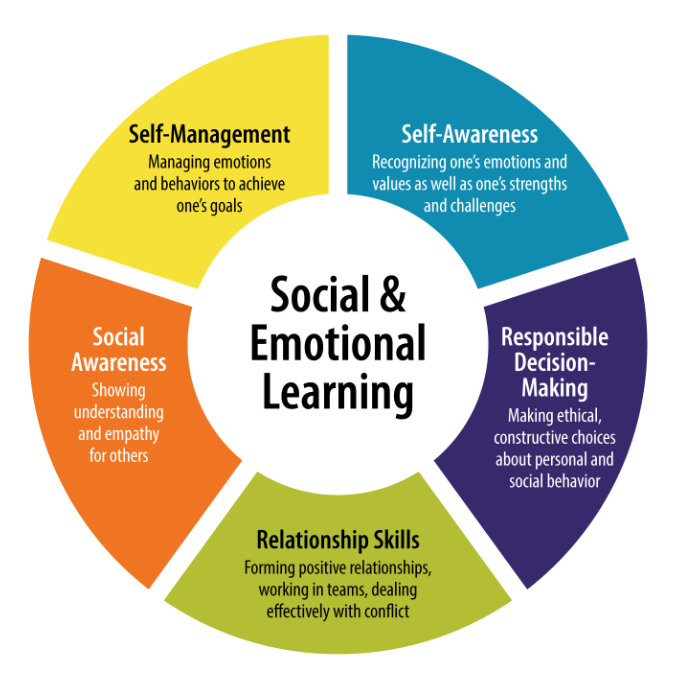Current Mental Health Efforts at QCHS
October 27, 2021
According to the Pennsylvania Department of Education, 30% of school age children will experience a mental, behavioral, and developmental condition in a year. Schools do not have a history of addressing mental health issues head on, but as they become more prevalent and spoken of, action is almost needed. Mental health issues that go unaddressed may lead to worse performance in school and besides that it leads to low attendance and by addressing mental health and relationships it may also address the skipping problem. With the pandemic and the ongoing impact it has on everyone’s lives, even though that is steadily declining, students are experiencing more mental health issues than ever as isolation and fear of illness may exacerbate pre-existing problems. At any time, since no one knows what will happen, this new normal could go away and that uncertainty can also be anxiety inducing for some. No school is excluded from the continual uprising mental health issues and the conversation about them becoming more and more heard.
As Mrs.Eisenmann, psychology teacher at QCHS puts it; “ Loneliness and isolation is a major contributor in the decline of an individual’s mental wellbeing. Positive relationships in the building creates a domino effect. When a person is happy to be in the building, the student will want to get involved more and remain motivated to do well in class.” These are all major factors in what pushed for further programs in education to be put into place. People need to feel as if they belong at the school and that, if needed, the staff could support them and know what to do when students do struggle due to mental health. The staff of the building having a better understanding could be a first step in improving the overall atmosphere.
In Pennsylvania as a whole, the Deputy of Elementary and Secondary education, Sherri Smith, urges schools to use some of the federal aid for mental health resources such as mental health consultants and staff to aid students in the transition to in-person learning which may be tough for some. The transition to normal can be stressful and make this year feel harder and more intense than a typical year. Therefore, such people would act as a buffer and give a more gentle arrival to the world as it has become. Though if those funds are allocated to mental health, when they run out eventually then those services would also need to be dropped.
In Quakertown Community High School, they have emotional and behavioral training for the teachers to better understand and better relate to their students. Each week teachers receive links to articles and videos about social emotional learning from the administrators which they have to watch and read to prepare for a later discussion. Depending on the success of this program, the school could have a safer environment for conversations surrounding mental health. Students also have to be aware that these actions are in place to gain a better and more trusting relationship with the staff in that regard.
One possible improvement to the program according to Mrs.Eisenmann would be time management opportunities. There “never seems to be enough hours in the day to lesson plan, grade, collaborate and build these positive relationships”. Though the intent of this program seems to be in the best interest of both students and educators, it may not be realistic to implement in the way they are doing and in the time frame being provided.
Also on the homepage for the school district itself, they have resources for those with anxiety and helplines for those struggling with various mental health issues and traumas. Though students might not even know these resources exist in that location, as they are not specifically advertised or talked about and that alone could let a student down in a moment of crisis if they do not reach out to a guidance counselor.
Though it does not come down to just the staff and the school’s efforts. Students themselves play a role in how they treat one another and treating others with kindness, as seen with the see good do good phenomenon, makes the person the student is kind to and other people around them more likely to be kind. Also with the impact of bullying, a person may feel further isolated if their peers are rude to them no matter what the staff can do. That kind of thing comes down to less how the teachers play a role and more about how students chose to act and how they were raised which is a harder thing to dismantle.
While the effectiveness of this program has yet to be seen in the long run, any step to acknowledge and further aid students in their academic career could lead to a better future. Everyone deserves to have someone and to have a chance to be better.



